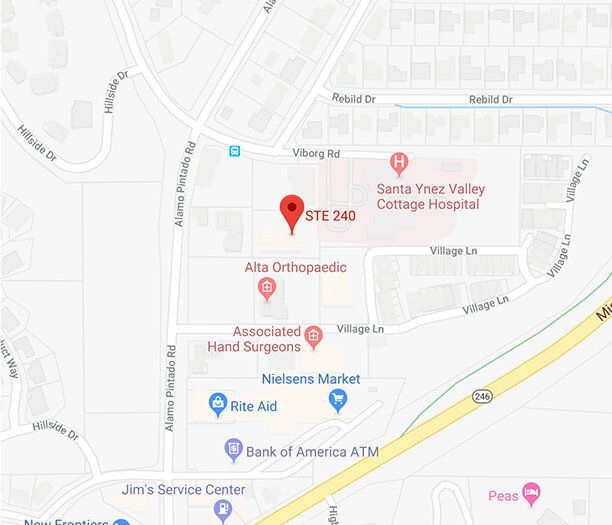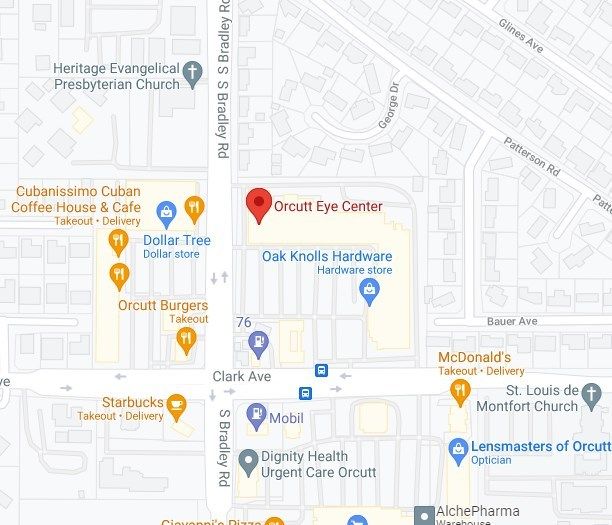
A normal eye lens is clear, allowing for sharp, clear images and good vision. If this clear lens becomes cloudy, it causes changes in vision, indicating the formation of cataracts. For people with cataracts, trying to see through the cloudy lens is like looking through a foggy window. Cataracts develop slowly over the years, affecting one or both eyes.
Cataracts cause blurry vision, making it difficult for the patient to perform usual activities. They are quite common among the elderly. More than 50 percent of the population will have received cataract surgery by the time they turn 80.
How Cataracts Develop
Cataracts form when eye proteins develop into lumps, hindering the lens from transmitting clear images to the eye retina. The retina transforms light entering through the eye lens into signals. The signals proceed to the optic nerve that then transmits them to the brain.
Over time, the lenses become thicker, less transparent, and less flexible. The development of cataracts happens slowly, eventually interfering with the patient’s vision. During the early stages, eyeglasses and strong lighting can deal with the sight problem.
Causes of Cataracts
Cataracts develop when injury or the aging process causes the eye lens tissue to change. There are genetic disorders and health problems that can increase an individual’s chances of developing cataracts.
Previous eye surgery, medical conditions such as diabetes, and other eye conditions can cause cataracts. The condition can also be caused by smoking, long-term use of drugs, steroid medications, radiation therapy, and ultraviolet radiation.
Types of Cataracts
There are several types of cataracts based on how they develop and where they develop in the eye. Nuclear cataracts develop in the middle part of the lens. Cortical cataracts form around the edges of the eye lens.
Posterior subcapsular cataracts form at the back of the eye lens. Congenital cataracts are often genetic and develop during childhood. Some people are born with cataracts, often linked to intrauterine trauma or infection.
Symptoms of Cataracts
Some symptoms indicate that an individual has cataracts. The symptoms include blurry or clouded vision, sensitivity to glare and light, and difficulty with night vision. Other signs are double vision in one eye, colors appearing faded, halos around lights, and changing prescription glasses frequently.
In the initial stages, cloudiness from cataracts may affect a small part of the lens. At this stage, you may not notice vision changes. As the cataract gets bigger, it affects more of the lens, distorting the light going through the lens. The signs are more evident then.
Treatment of Cataracts
During the early stages, prescription glasses can improve vision. But when the glasses fail to work effectively, cataract surgery is the only option. Most doctors recommend surgery when cataracts begin to affect the patient’s quality of life.
Cataracts do not harm the eye, but they can be an inconvenience. If cataracts interfere with a person’s ability to perform daily tasks, surgery is a good idea. Having regular eye examinations can detect cataracts at an early stage. This is very important to ensure effective treatment.
For more on the signs and symptoms of cataracts, visit Shepard Eye Center at our offices in Santa Maria, Lompoc, Solvang, or Orcutt, California. You can call (805) 667-0100, (805) 793-1800, (805) 410-9998, or (805) 937-9532 today to schedule an appointment.



























